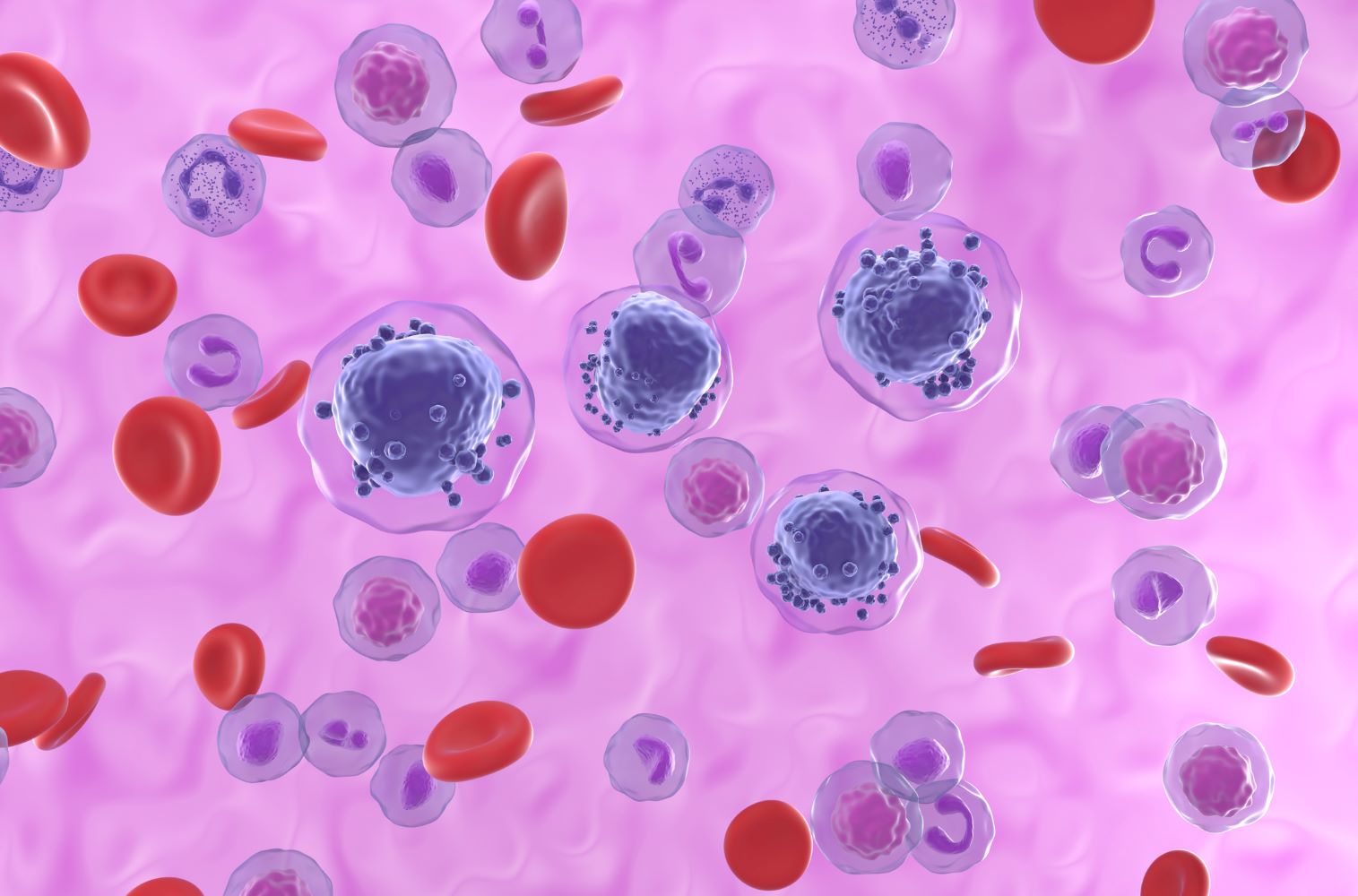Patients with malignancy are at high risk of VTE, and early diagnosis is important. The Khorana score is known as a risk assessment for cancer-related thrombosis during chemotherapy, but there are still few reports on its diagnostic potential, the optimal D-dimer cut-off values for indications other than chemotherapy and the use of the Khorana score in combination with D-dimers. In this study, we examined the clinical appropriateness of increasing the D-dimer cut-off value.
We retrospectively studied 208 malignancies out of 556 patients who underwent lower extremity venous ultrasonography at our hospital over a two-year period from January 2018 to December 2019. The optimal D-dimer cut-off value for predicting DVT in patients with malignancy was calculated by the Youden index. The usefulness of the Khorana score alone and the model combining the Khorana score with D-dimer for predicting DVT diagnosis was compared using receiver operating characteristic analysis.
Of 208 eligible patients, 59 (28.4%) had confirmed DVT. The optimal D- dimer cut-off value for predicting DVT comorbidity in patients with malignancy was 3.96 μg/mL. When the new D-dimer cut-off value was set at 4.0 μg/mL, the odds ratio for DVT diagnosis was 4.23 (95% CI 2.10-8.55, p<0.001), which was higher than the odds ratio of 1.33 (95% CI: 0.98-1.81, p=0.064) for the Khorana score. The AUC for the Khorana score and D-dimer was 0.714, which was significantly higher than the 0.611 for the Khorana score alone, with the difference being significantly higher at 0.103 (p=0.004, 95% CI: 0.033-0.173).
The optimal D-dimer cut-off value for the diagnosis of DVT in patients with malignancy was 4.0 μg/mL. It was also suggested that the combination of the Khorana score with the D-dimer level was more accurate in diagnosing DVT than the Khorana score alone.
Copyright © 2023 Elsevier Inc. All rights reserved.















